Looking Back:
25 Years of the
John Howard Birss, Jr.
Memorial Program

Looking Back:
25 Years of
John Howard Birss, Jr.
Memorial Program

2001-2024
Hover over the book covers for details about the keynote for that year.
Click on the flip-side to link to the keynotes beginning in 2017.

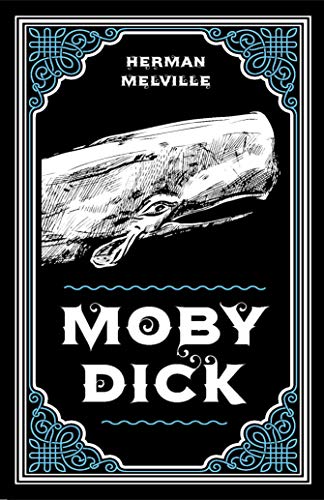
Moby Dick
2001 Keynote: Dr. Elizabeth Schultz
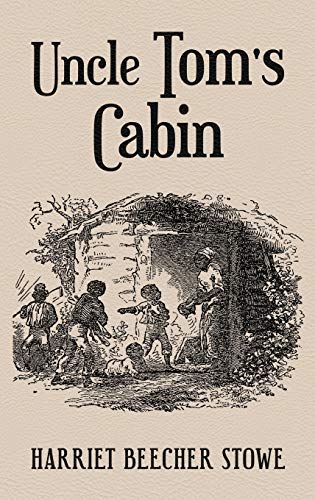
Uncle Tom's Cabin
2002 Keynote: Dr. Joan D. Hedrick
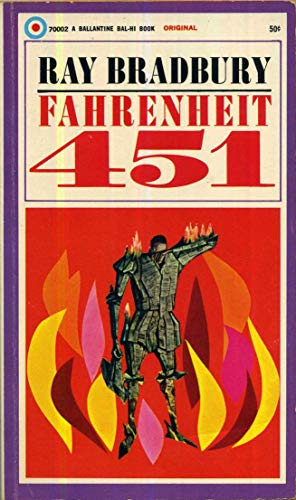
Fahrenheit 451
2003 Keynote: Dr. William F. Touponce with comments by Ray Bradbury
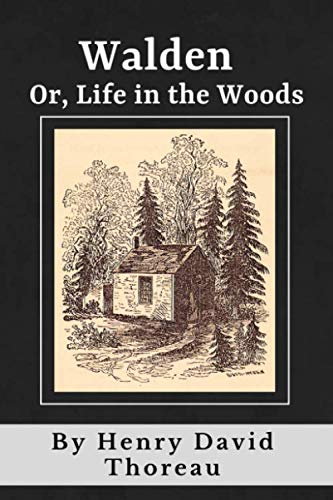
Walden
2004 Keynote: Dr. Lawrence Buell
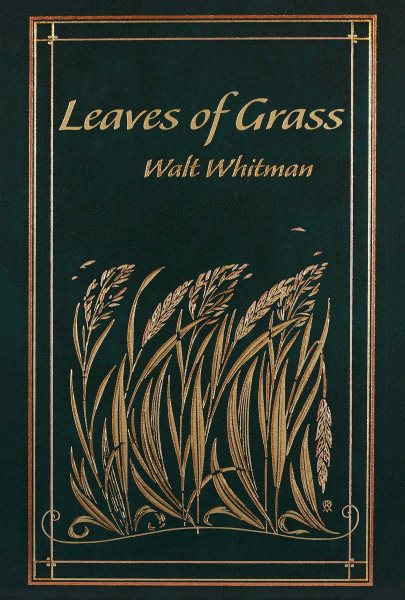
Leaves of Grass
2005 Keynote: Dr. Ed Folsom
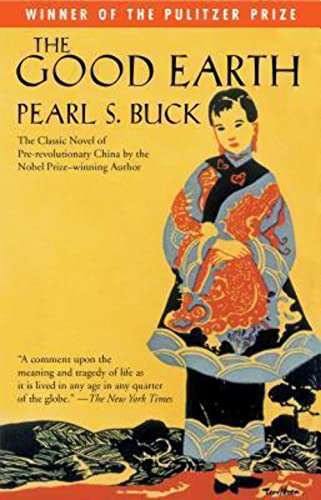
The Good Earth
2006 Keynote: Dr. Peter Conn
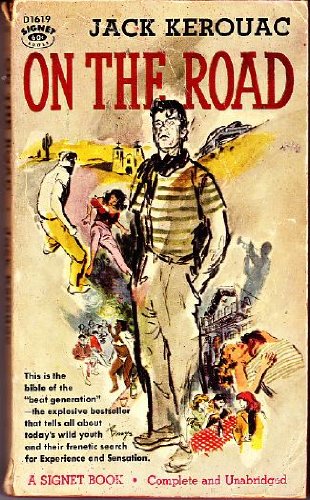
On the Road
2007 Keynote: Dr. Ann Charters

Night
2008 Keynote: Dr. James E. Young
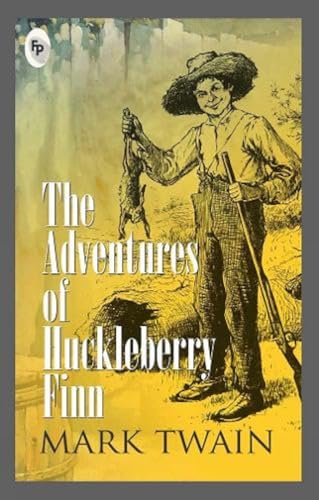
The Adventures of Huckleberry Finn
2009 Keynote: Dr. James Leonard
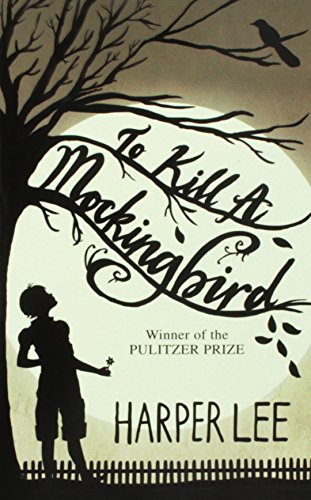
To Kill a Mockingbird
2010 Keynote: Dr. Alice Hall Petry
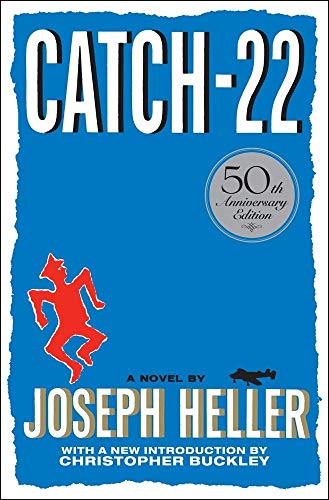
Catch-22
2011 Keynote: Dr. James Nagel
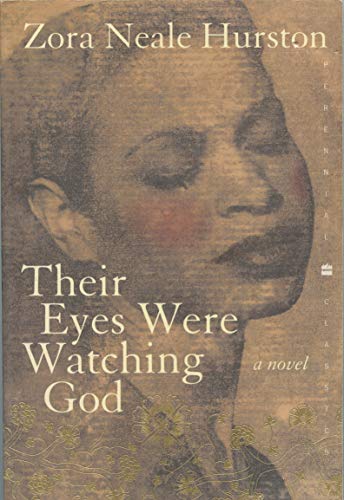
Their Eyes Were Watching God
2012 Keynote: Dr. Deborah G. Plant
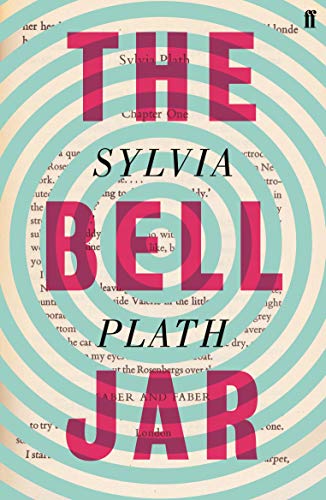
The Bell Jar
2013 Keynote: Karen V. Kukil

Grapes of Wrath
2014 Keynote: Robert DeMott
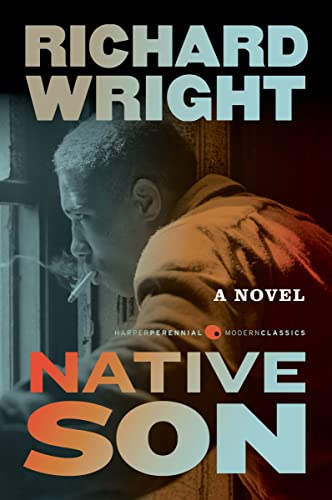
Native Son
2015 Keynote: Jennifer Jensen Wallach
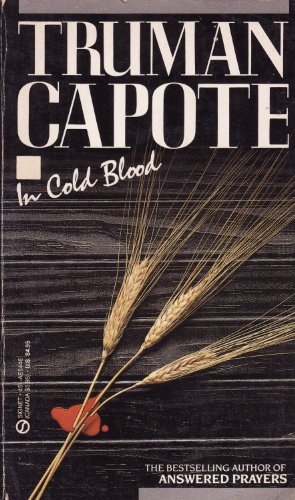
In Cold Blood
2016 Keynote: Dr. Thomas Fahy
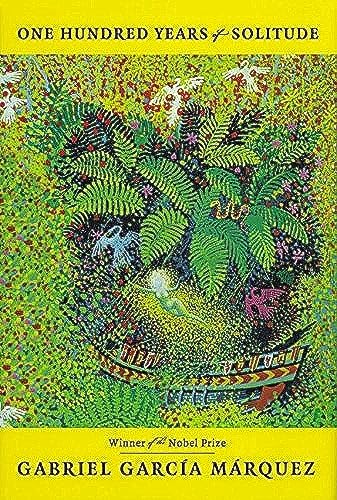
One Hundred Years of Solitude
2017 Keynote: Dr. María Helena Rueda
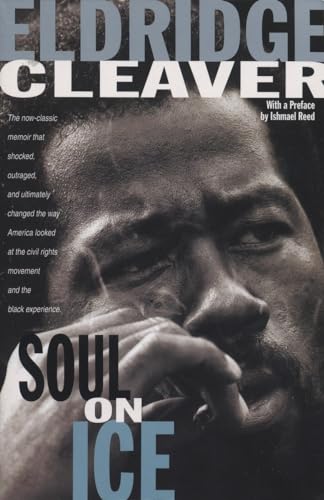
Soul on Ice
2018 Keynote: Kathleen Cleaver
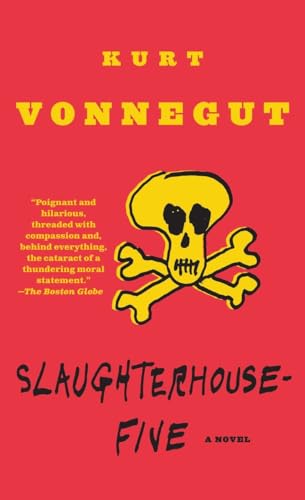
Slaughterhouse-Five
2019 Keynote: Rick Moody,Ginger Strand, and Nanette Vonnegut
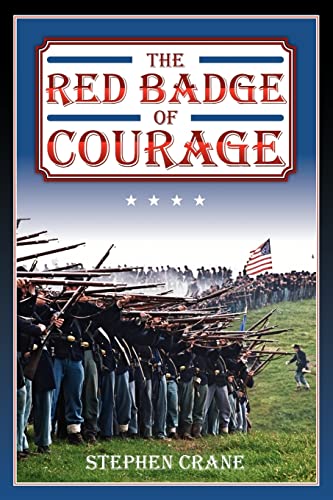
The Red Badge of Courage
2020 Keynote: Dr. Christopher Benfey
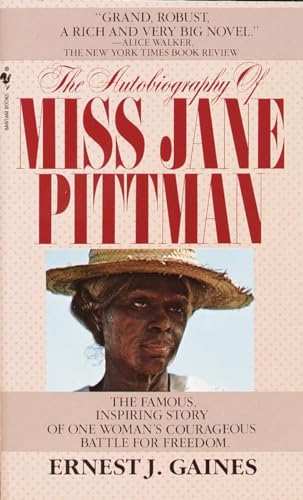
The Autobiography of Miss Jane Pittman
2021 Keynote: Danzy Senna, Michael White, and Cheylon Woods
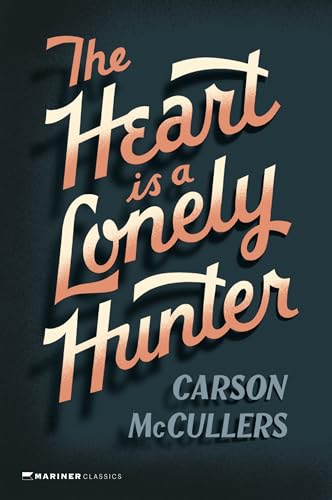
The Heart is a Lonely Hunter
2022 Keynote: Karen Allen, Carlos Dews, Nick Norwood, and Jen Shapland
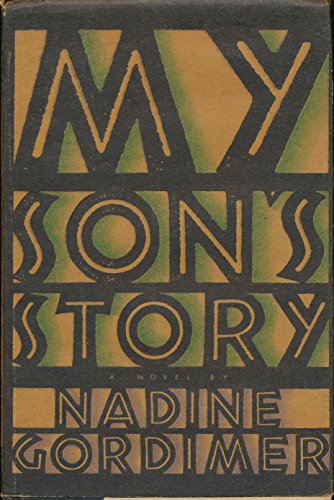
My Son's Story
2023 Keynote: Robert Boyers, Claire Messud, and James Wood
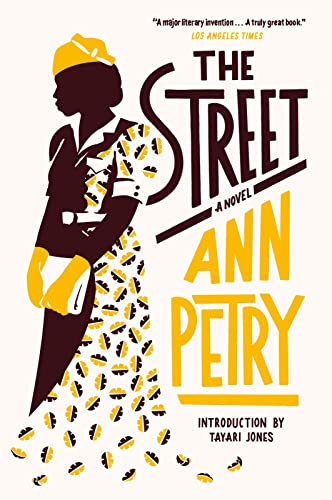
The Street
2024 Keynote: Jesse Nasta

Moby Dick
2001 Keynote: Dr. Elizabeth Schultz

Uncle Tom's Cabin
2002 Keynote: Dr. Joan D. Hedrick

Fahrenheit 451
2003 Keynote: Dr. William F. Touponce with comments by Ray Bradbury

Walden
2004 Keynote: Dr. Lawrence Buell

Leaves of Grass
2005 Keynote: Dr. Ed Folsom

The Good Earth
2006 Keynote: Dr. Peter Conn

On the Road
2007 Keynote: Dr. Ann Charters

Night
2008 Keynote: Dr. James E. Young

The Adventures of Huckleberry Finn
2009 Keynote: Dr. James Leonard

To Kill a Mockingbird
2010 Keynote: Dr. Alice Hall Petry

Catch-22
2011 Keynote: Dr. James Nagel

Their Eyes Were Watching God
2012 Keynote: Dr. Deborah G. Plant

The Bell Jar
2013 Keynote: Karen V. Kukil

Grapes of Wrath
2014 Keynote: Robert DeMott

Native Son
2015 Keynote: Jennifer Jensen Wallach

In Cold Blood
2016 Keynote: Dr. Thomas Fahy

One Hundred Years of Solitude
2017 Keynote: Dr. María Helena Rueda

Soul on Ice
2018 Keynote: Kathleen Cleaver

Slaughterhouse-Five
2019 Keynote: Rick Moody,Ginger Strand, and Nanette Vonnegut

The Red Badge of Courage
2020 Keynote: Dr. Christopher Benfey

The Autobiography of Miss Jane Pittman
2021 Keynote: Danzy Senna, Michael White, and Cheylon Woods

The Heart is a Lonely Hunter
2022 Keynote: Karen Allen, Carlos Dews, Nick Norwood, and Jen Shapland

My Son's Story
2023 Keynote: Robert Boyers, Claire Messud, and James Wood

The Street
2024 Keynote: Jesse Nasta
Connections

From Novel to Film
John Huston asked Bradbury to write the screenplay for Moby Dick. Gregory Peck starred as Captain Ahab in the 1956 film. Despite the novel winning the Pulitzer Prize, the studios were not initially interested in To Kill A Mockingbird. Gregory Peck also starred in film(1962) and it won three Academy Awards, including Best Adapted Screenplay and Best Actor. Grapes of Wrath (1940) garnered two academy awards for Best Director and Best Supporting Actress (Jane Darwell).
MGM offered $50,000 to make The Good Earth into a movie (1937). At the time this was the largest sum Hollywood had ever paid for the rights to a book. Twentieth Century-Fox paid $70,000 for the rights to The Grapes of Wrath (1939) and Columbia Pictures bought the rights to In Cold Blood (1965) for $400,000.
The Adventures of Huckleberry Finn was adapted for film multiple times, as were many of the Birss books. A musical version of Huckleberry Finn was released in 1974.
In 2005 Oprah Winfrey's Harpo Productions produced Their Eyes Were Watching God as a television movie. The Autobiography of Miss Jane Pittman was also made into television movie (1974) and won nine Emmy Awards, including Best Writing in Drama-Adaption and Best Lead Actress in Drama (Cicely Tyson).
Facts & Figures
Only 3,715 copies of Moby Dick sold during Melville's life. When first published in serial form (1851-1852), Uncle Tom's Cabin sold 1 million copies in its first week. When the book came out in 1852 over 10,000 copies of the two-volume work sold in the first week and 300,000 copies in the first year. It has been in print continuously since then.
Several other titles were published in as newspaper or magazine serials before being printed in book form, including In Cold Blood and The Red Badge of Courage. Although Crane’s original manuscript totaled 55,000 words, only 18,000 words were permitted for the serial version, severely limiting the story's intended breadth and scope. Even when printed in book form the following year, 5,000 words were excised, resulting in the removal of the entire twelfth chapter and parts of other chapters.
Unable to find a publisher, Whitman printed about 795 copies of Leaves of Grass at his own expense. No publisher’s name or author’s name appeared on that 1855 first edition.
Rockwell Kent produced illustrated editions of Moby Dick and Leaves of Grass.
Thoreau and Whitman met in Brooklyn in 1856 and exchanged copies of their books.
The Good Earth appeared on the first ever New York Times Bestseller list (1931), and the following year the novel won the Pulitzer Prize. The Grapes of Wrath and To Kill a Mockingbird also won the Pulitzer in 1940 and 1961, respectively.
Kerouac's original manuscript of On the Road (1951), which was rejected, was typed on a 120-foot-long scroll of teletype paper and contained virtually no punctuation.
The original version of Night was over 800 pages and written in Yiddish as Un die Welt Hot Geshvign (And the World Remained Silent ). Wiesel wrote a much shorter version in French, published in 1958 and two years later it was translated into English. Despite, its eventual popularity, Night sold less than 2,000 copies in its first 18 months in the United States.
The Adventures of Huckleberry Finn was first banned in Concord, Massachusetts in 1885. Of all the Birss books, only Walden and The Street have never been banned.
In an 1882 letter, Twain wrote that Moby-Dick was "the greatest of American novels, and the greatest piece of creative work in American fiction" and later in an 1890 essay, he described Melville as a "man of genius" whose work had a lasting impact on the country's literary tradition.
Their Eyes Were Watching (1937) had little success during Hurston’s lifetime, selling fewer than 5,000 copies before going out of print in the late 1960s. Its 1978 reissue met with greater success, selling over 200,000 copies in the next 10 years.
Native Son sold 215,000 copies within three weeks of publication. The book made Wright the wealthiest Black writer in America of his era.
Capote first learned of the murder in The New York Times and travelled to Kansas with his good friend Harper Lee to conduct interviews and research everyone involved in the case.
“So it goes,” Slaughterhouse-Five’s melancholic refrain, appears in the text 106 times.
Nadine Gordimer was awarded the Nobel Prize in literature in 1991, preceded by Pearl S. Buck (1938), John Steinbeck (1962), and Marquez (1982).
Petry's The Street sold 20,000 advance copies and was first novel by an African American woman to sell more than a million copies.


From Novel to Film
John Huston asked Bradbury to write the screenplay for Moby Dick. Gregory Peck starred as Captain Ahab in the 1956 film. Despite the novel winning the Pulitzer Prize, the studios were not initially interested in To Kill A Mockingbird. Gregory Peck also starred in film(1962) and it won three Academy Awards, including Best Adapted Screenplay and Best Actor. Grapes of Wrath (1940) garnered two academy awards for Best Director and Best Supporting Actress (Jane Darwell).
MGM offered $50,000 to make The Good Earth into a movie (1937). At the time this was the largest sum Hollywood had ever paid for the rights to a book. Twentieth Century-Fox paid $70,000 for the rights to The Grapes of Wrath (1939) and Columbia Pictures bought the rights to In Cold Blood (1965) for $400,000.
The Adventures of Huckleberry Finn was adapted for film multiple times, as were many of the Birss books. A musical version of Huckleberry Finn was released in 1974.
In 2005 Oprah Winfrey's Harpo Productions produced Their Eyes Were Watching God as a television movie. The Autobiography of Miss Jane Pittman was also made into television movie (1974) and won nine Emmy Awards, including Best Writing in Drama-Adaption and Best Lead Actress in Drama (Cicely Tyson).
Facts & Figures
Only 3,715 copies of Moby Dick sold during Melville's life. When first published in serial form (1851-1852), Uncle Tom's Cabin sold 1 million copies in its first week. When the book came out in 1852 over 10,000 copies of the two-volume work sold in the first week and 300,000 copies in the first year. It has been in print continuously since then.
Several other titles were published in as newspaper or magazine serials before being printed in book form, including In Cold Blood and The Red Badge of Courage. Although Crane’s original manuscript totaled 55,000 words, only 18,000 words were permitted for the serial version, severely limiting the story's intended breadth and scope. Even when printed in book form the following year, 5,000 words were excised, resulting in the removal of the entire twelfth chapter and parts of other chapters.
Unable to find a publisher, Whitman printed about 795 copies of Leaves of Grass at his own expense. No publisher’s name or author’s name appeared on that 1855 first edition.
Rockwell Kent produced illustrated editions of Moby Dick and Leaves of Grass.
Thoreau and Whitman met in Brooklyn in 1856 and exchanged copies of their books.
The Good Earth appeared on the first ever New York Times Bestseller list (1931), and the following year the novel won the Pulitzer Prize. The Grapes of Wrath and To Kill a Mockingbird also won the Pulitzer in 1940 and 1961, respectively.
Kerouac's original manuscript of On the Road (1951), which was rejected, was typed on a 120-foot-long scroll of teletype paper and contained virtually no punctuation.
The original version of Night was over 800 pages and written in Yiddish as Un die Welt Hot Geshvign (And the World Remained Silent ). Wiesel wrote a much shorter version in French, published in 1958 and two years later it was translated into English. Despite, its eventual popularity, Night sold less than 2,000 copies in its first 18 months in the United States.
The Adventures of Huckleberry Finn was first banned in Concord, Massachusetts in 1885. Of all the Birss books, only Walden and The Street have never been banned.
In an 1882 letter, Twain wrote that Moby-Dick was "the greatest of American novels, and the greatest piece of creative work in American fiction" and later in an 1890 essay, he described Melville as a "man of genius" whose work had a lasting impact on the country's literary tradition.
Their Eyes Were Watching (1937) had little success during Hurston’s lifetime, selling fewer than 5,000 copies before going out of print in the late 1960s. Its 1978 reissue met with greater success, selling over 200,000 copies in the next 10 years.
Native Son sold 215,000 copies within three weeks of publication. The book made Wright the wealthiest Black writer in America of his era.
Capote first learned of the murder in The New York Times and travelled to Kansas with his good friend Harper Lee to conduct interviews and research everyone involved in the case.
“So it goes,” Slaughterhouse-Five’s melancholic refrain, appears in the text 106 times.
Nadine Gordimer was awarded the Nobel Prize in literature in 1991, preceded by Pearl S. Buck (1938), John Steinbeck (1962), and Marquez (1982).
Petry's The Street sold 20,000 advance copies and was first novel by an African American woman to sell more than a million copies.


What's the Common Thread?
Play the Connections Game
Group the words that connect.
designed by this years Birss fellows,
Zehra Atay and Angely Ruiz


Photo by Nathan Livings, CC BY-SA 3.0, on Wikimedia Commons
Photo by Nathan Livings, CC BY-SA 3.0, on Wikimedia Commons

Photo by Xavi Cabrera on Unsplash
Photo by Xavi Cabrera on Unsplash

Photo by Kieran Wood on Unsplash
Photo by Kieran Wood on Unsplash

Photo by Galina Nelyubova on Unsplash
Photo by Galina Nelyubova on Unsplash

Photo by Nathan Livings, CC BY-SA 3.0, on Wikimedia Commons
Photo by Nathan Livings, CC BY-SA 3.0, on Wikimedia Commons

Photo by Xavi Cabrera on Unsplash
Photo by Xavi Cabrera on Unsplash

Photo by Kieran Wood on Unsplash
Photo by Kieran Wood on Unsplash

Photo by Galina Nelyubova on Unsplash
Photo by Galina Nelyubova on Unsplash
First Lines
Coming up with the first line can be a challenge.
Here's what two of our Birss picks had to say on the subject.

"I suffer as always from the fear of putting down the first line. It is amazing the terrors, the magics, the prayers, the straitening shyness that assail one. It is as though the words were not only indelible but that they spread out like dye in water and color everything around them. A strange and mystic business, writing."
"My novels begin in a strange way. I don’t begin with a theme or even a character. I begin with a first sentence that is independent of any conscious preparation. Most often nothing comes out of it: a sentence will come to mind that doesn’t lead to a second sentence. Sometimes it will lead to thirty sentences which then come to a dead end.
As soon as the opening sentence [It was love at first sight] was available, the book began to evolve clearly in my mind—even most of the particulars . . . the tone, the form, many of the characters, including some I eventually couldn’t use."
Tap on the book icon to read the selected book's first line. You can the listen to the first line by clicking on the speaker icon.
Tap on the book icon to read the selected book's first line. You can the listen to the first line by tapping on the speaker icon.
John Howard Birss, Jr.
Through the "Professor John Howard Birss, Jr. Memorial Lecture Fund" and "Professor John Howard Birss, Jr. Memorial Library Fund" (established by Roger Williams University alumnus, Robert Blais '70), a significant or culturally impactful book is chosen annually to be honored. The program engages the campus and local community through discussions, celebrations, related collections, a library exhibition, and culminates with the annual Birss Lecture.
John Howard Birss Jr. was born in Bogota, N.J., in 1907. The only son of Etta and John Birss, he was educated in the New York City public school system. His academic training took place at New York University, Harvard University and Columbia University.
A professor of English and American literature at Rutgers University, Birss was a noted Herman Melville scholar and one of the founders of the Melville Society. He was a bibliographer and collector of letters written by famous people as well as inscribed first editions and rare first editions. His collection included a wide variety of material on Melville, Walt Whitman, Edgar Allan Poe and Hart Crane. In addition, his collection of more than 3,000 lithographs, photographs and newspaper clippings included iconographies of many famous writers.
Professor Birss was nationally recognized for his knowledge of first editions when he was asked to contribute to Merle Johnson's "American First Editions," published in 1936, on the works of Stephen Crane, James Farrell, Joseph Rodman Drake, Katherine Anne Porter and A. Edward Newton. In later years, he compiled the greatest scholarly collection of Mary Baker Eddy material ever privately assembled.
Professor Birss contributed to numerous publications, including these items about books and authors celebrated at RWU over the past 25 years:
Birss, John H. “A Satire on Melville in Verse.” Notes and Queries, Dec. 9, 1933, p. 402.
Birss, John H. “A Stephen Crane Discovery.” Notes and Queries, May 20, 1933, p. 352.
Birss, John Howard. “Some Americanisms of a Hundred Years Ago.” American Speech, vol. 7, no. 2, 1931, pp. 96–98.
Birss, John H. "The Death of Stephen Crane." Editorial. Saturday Literature Review, v. 10 n. 19, 1933, p. 28.
Birss, John H. “'Travelling' a New Lecture by Herman Melville." The New England Quarterly, vol.7, no. 4, 1934, pp.725–728.
Birss, John H. “Whitman and Herman Melville.” Notes and Queries, April 22, 1933, p. 280.
Keynote: Rick Moody
February 27, 2025 at 3:30
Mary Tefft White Cultural Center
Roger Williams University Library
Rick Moody is the author of six works of fiction, and two memoirs. His short fiction and journalism have been anthologized in Best American Stories 2001, Best American Essays 2004, Best American Essays 2017, Year’s Best Science Fiction #9, and, multiply, in the Pushcart Prize anthology. Newsday describes him as “our anthropologist of desolate landscapes,” John Hawkes as “a writer of meticulous originality.” “One of our best writers,” said a reviewer for the Washington Post. In 2019 he became an Officier de L’Ordre des Arts et des Lettres, as awarded by the Republic of France. Moody currently teaches at Tufts University.





